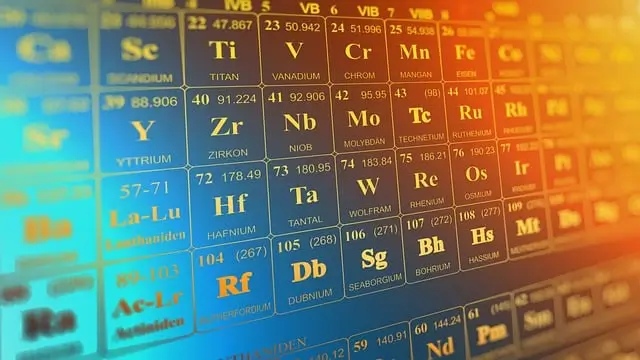
يتضمن اختيار محلل XRF الصحيح أكثر من مجرد النظر في تكلفة محلل XRF. من الضروري مواءمة السعر مع احتياجاتك المحددة لضمان حصولك على جودة وقيمة جيدة. تم تقدير سوق محلل Micro-XRF في $108.95 مليون في 2023 ومن المتوقع أن تنمو إلى $157.93 مليون 2030, تعكس أ 5.18% معدل النمو السنوي. يشير هذا الاتجاه إلى ارتفاع الطلب على نتائج سريعة وأدوات متعددة الاستخدامات, مثل محمول باليد XRF الأجهزة و محلل سمك الطلاءق.
يمكن أن يؤدي محلل XRF بأسعار معقولة إلى وفورات كبيرة إذا تلبي متطلباتك. على سبيل المثال, قد تحتاج XRF ذهب محلل خصيصا لاختبار المعادن, أو قد تبحث عن جهاز يقدم أغراض متعددة. من الأهمية بمكان تحقيق التوازن بين الأداء مع المتانة. النظر في الميزات, تكاليف الصيانة, وعمر المحلل. سيساعدك هذا النهج المدروس على اتخاذ قرار مستنير يتوافق مع أهداف عملك.
الوجبات الرئيسية
فكر فيما تحتاجه محلل XRF ل. الوظائف المختلفة تحتاج إلى أدوات مختلفة.
تطابق السعر مع الميزات التي تحتاجها أكثر. لا تدفع مقابل الأشياء التي لن تستخدمها.
تحقق من مدى قوة المحلل وتكاليف الصيانة. يستمر جهاز صعب ويوفر المال.
اختر محللًا يمكن أن ينمو مع احتياجاتك. الخيارات المرنة تبقيها مفيدة مع تغير عملك.
ابحث عن واحدة مع برامج سهلة الاستخدام وأدوات اتصال. هذه تجعل العمل أسرع ومعالجة البيانات أكثر بساطة.
حدد احتياجات التطبيق الخاصة بك
المواد والعناصر المراد تحليلها
من المهم معرفة المواد التي تحتاج إلى اختبارها. الوظائف المختلفة تحتاج إلى أدوات مختلفة. على سبيل المثال, الزرنيخ والزئبق سامة وغالبًا ما يتم اختباره في العينات البيئية. تقنية XRF رائعة للعثور على هذه العناصر دون إتلاف العينة.
إذا قمت بفرز الخردة المعدنية, يمكن لـ XRF المحمولة فحص المواد بسرعة. كما يضمن عدم وجود عناصر ضارة. هذا يجعلها مفيدة للمصانع وفحص السلامة. يستخدم اختبار جزء السيارة XRF للعثور على معادن مثل البلاتين والبلاديوم. من خلال التركيز على المواد الخاصة بك, يمكنك اختيار المحلل المناسب لاحتياجاتك.
المتطلبات الخاصة بالصناعة
كل صناعة لديها احتياجات خاصة لمحللو XRF. تستخدمها شركات الأغذية للعثور على الملوثات والتحقق من التغذية من أجل السلامة. يستخدم صانعو المخدرات XRF لتلبية قواعد صارمة وضمان الجودة. تستخدم شركات التعدين XRF لاستكشاف المعادن والتحقق من درجاتها بسرعة.
يستخدم الاختبار البيئي XRF لقياس التلوث في التربة والماء. تساعد هذه الأدوات في تنظيف المناطق ومتابعة القوانين. سواء كنت بحاجة إلى XRF للطلاء أو العمل الميداني, إن معرفة احتياجات صناعتك تساعدك على اختيار أفضل جهاز.
قابلية النقل مقابل. خيارات ثابتة
قابلية النقل شيء آخر يجب التفكير فيه. من السهل حمل أجهزة XRF المحمولة. هذا مفيد لفرز المعدن, بناء مشاريع, واختبار البيئة. إنها سريعة وبسيطة لاتخاذ القرارات على الفور.
تحلل XRF الثابتة أكثر دقة وتعمل بشكل جيد في المختبرات. هم الأفضل للاختبارات التفصيلية مثل تحليل جزء السيارة أو فحوصات جودة صارمة. يعتمد الانتقاء بين ميدانك والثابتة على مهامك ومدى دقة أن تكون.
وزن تكلفة محلل XRF ضد الميزات
الميزات الأساسية لتطبيقك
فكر في الميزات الأكثر أهمية لعملك. بعض المحللون لديهم إضافات قد لا تحتاج, التي يمكن أن ترفع التكاليف. إذا كنت بحاجة إلى نتائج سريعة, اختر نماذج مثل عنصر Vanta. يعطي إجابات في 1-2 الثواني. للوظائف الصعبة, اختر تحليلات متينة مع تصنيف IP54. هذه يمكن أن تنجو من القطرات من 4 قدم.
الاتصال مهم أيضا. المشاركة اللاسلكية والتصدير السهل جعل التقارير أسرع. يوفر البرنامج البسيط وقت التدريب ويتيح لك ضبط الإعدادات للمهام. تساعدك هذه الميزات على الحصول على أفضل قيمة مع الحفاظ على انخفاض التكاليف.
السعر مقابل. مقايضات الأداء
العثور على التوازن الصحيح بين السعر والأداء هو المفتاح. غالبًا ما يكون للمحللين باهظ الثمن ميزات متقدمة, لكن اسأل إذا كنت بحاجة إليها حقًا. إذا كنت تعمل في أماكن خشنة, قد تكون التصميمات الوعرة والبرامج الذكية تستحق ذلك. لمهام بسيطة, قد يعمل نموذج أرخص.
فكر في الفوائد طويلة الأجل أيضًا. يساعدك المحللون السريعون في اتخاذ القرارات بسرعة وتوفير المال بمرور الوقت. تدوم الأدوات المتينة لفترة أطول وتحتاج إلى إصلاحات أقل. من خلال النظر في هذه النقاط, يمكنك اختيار محلل يناسب ميزانيتك واحتياجاتك.
خيارات قابلة للتطوير ومستقبل مقاومة
اختر محللًا يمكن أن ينمو مع احتياجاتك. أصبحت تقنية TXRF شائعة في الصناعات مثل أشباه الموصلات. يساعد في فحص الجودة وحل مشاكل المواد, الحفاظ على الشركات تنافسية.
عامل | وصف |
|---|---|
الاستخدام المتزايد لـ TXRF | تساعد TXRF الصناعات مثل الإلكترونيات مع الفحوصات المادية وحل المشكلات. |
القواعد البيئية والسلامة | TXRF يساعد على تتبع التلوث واتباع قوانين السلامة. |
القواعد البيئية تدفع الطلب على أدوات XRF أفضل. تساعد هذه الأدوات في التحقق من التلوث وتلبية المتطلبات القانونية. اختيار محلل مع برنامج قابل للترقية والأجهزة توفر المال لاحقًا. كما أنه يعدك للتحديات المستقبلية ويبقي أجهزتك مفيدة لفترة أطول.
فهم مواصفات الكاشف والأنبوب
أنواع الكاشفات ودقتها
تؤثر أجهزة الكشف في تحليلات XRF على مدى دقة وسريعة. هناك نوعان رئيسيان: أجهزة الكشف عن مرحلتين ومرحلتين. أجهزة الكشف عن مرحلتين دقيقة للغاية. إنهم يعملون من خلال العثور على مجالات كائنات, تصنيفهم, ورسم الصناديق من حولهم. لكنها أبطأ. تتخطى أجهزة الكشف عن المرحلة الواحدة بعض الخطوات. يرسمون صناديق مباشرة, جعلها أسرع ولكن أقل دقة.
نوع الكاشف | كيف تعمل | دقة | سرعة |
|---|---|---|---|
كاشفات مرحلتين | يجد مناطق الكائن, تصنيف, ويسحب الصناديق | عالي | بطيئة |
كاشفات مرحلة واحدة | تتخطى الخطوات, يرسم الصناديق مباشرة | واسطة | صوم |
فكر في ما يهم أكثر لعملك: السرعة أو الدقة. إذا كنت بحاجة إلى إجابات سريعة في الموقع, السرعة هي المفتاح. إذا كنت بحاجة إلى نتائج مفصلة في مختبر, الدقة أفضل.
قوة أنبوب الأشعة السينية وماذا تفعل
أنبوب الأشعة السينية هو الجزء الأكثر أهمية من محلل XRF. تقرر قوتها مدى عمق الاختبارات ودقة. يمكن للأنابيب الأقوى التحقق من المواد الأكثر سمكا والعثور على عناصر صغيرة. لكنها تكلف أكثر ويحتاجون إلى مزيد من الرعاية.
للحصول على وظائف بسيطة مثل فرز المعادن, أنبوب أضعف يعمل بشكل جيد. لمهام أصعب, مثل العثور على عناصر صغيرة في التربة, أنبوب أقوى أفضل. تطابق قوة الأنبوب مع وظيفتك لتوفير المال.
مقارنة أنواع الكاشف (SDD مقابل. دبوس)
هناك نوعان من الكاشف الشائعان: كاشفات الحالة الصلبة (إس دي دي) و pin diodes. SDDs أكثر تقدمًا. يعطون نتائج أفضل ويعملون بشكل جيد للمهام التفصيلية. الثنائيات الدبوس أبسط وتغيير درجة الحرارة بشكل أفضل. فهي جيدة للوظائف الأساسية وتكلف أقل.
ميزة | كاشفات الحالة الصلبة (إس دي دي) | الثنائيات دبوس |
|---|---|---|
يكسب | ربح أعلى | ربح أقل |
ضجيج | يحتاج مكبرات الصوت منخفضة الضوضاء | يحتاج مكبرات الصوت منخفضة الضوضاء |
قرار التوقيت | عظيم لتوقيت متقدم | ليست جيدة للتوقيت المتقدم |
كفاءة | يختلف | |
حساسية درجة الحرارة | تأثرت درجة الحرارة | لا تتأثر |
اختر الكاشف المناسب لاحتياجاتك. إذا كنت بحاجة إلى دقة عالية, اذهب مع SDDS. لمهام أبسط, الثنائيات الدبوس أرخص وتعمل بشكل جيد.
تقييم البرامج والاتصال
برنامج سهل الاستخدام
يجب أن يكون البرنامج في محلل XRF بسيطًا للاستخدام. تصميم واضح يساعدك على العمل بشكل أسرع وأسهل. ابحث عن القوائم التي يسهل فهمها والرموز المنطقية. توفر هذه الميزات وقتًا للتدريب وتتيح لك التركيز على الاختبار.
محلل XRF المحمولةS بحاجة إلى برنامج بسيط. الأجهزة مثل سلسلة VRAY سهلة الاستخدام وتعزيز الثقة. أنها تساعدك على فحص المعادن بسرعة دون تشويش. هذا يجعلهم رائعين الصيام, اختبارات دقيقة أجريت في الموقع.
الاتصال بالأنظمة الأخرى
يمكن لمحللات XRF الحديثة الاتصال بالتقنيات الأخرى لتحسين نتائج. الارتباط بأنظمة مثل SCADA أو ERP يجعل عملك أكثر سلاسة. على سبيل المثال, تتصل سلسلة FT200 بأنظمة الجودة لأتمتة المهام وتحسين الكفاءة.
تجمع بعض الإعدادات بين XRF مع أدوات أخرى لاختبار أفضل. على سبيل المثال, يجمع إقران XRF مع FORS كل من البيانات الأولية والجزيئية مرة واحدة. هذا يساعدك على تحديد المواد بشكل كامل. سواء اخترت XRF المحمولة أو المعملية, الاتصال الجيد يبقي محللك جاهزًا للاحتياجات المستقبلية.
فكر في تكاليف المتانة والصيانة
بناء قوي ومتانة في الظروف الصعبة
كم من الوقت محلل XRF يدوم يؤثر على تكلفته الإجمالية. إذا كنت تعمل في أماكن صعبة, تحتاج إلى جهاز قوي. يجب أن يتعامل مع الغبار, ماء, ومرضات. العديد من تحليلات XRF المحمولة مصنوعة من lexan قوي* البلاستيك. هذه المادة خفيفة وسهلة حملها. هذه الأجهزة تزن تحت 30 جنيه, جعلها رائعة للوظائف في الهواء الطلق.
بعض النماذج, مثل أولئك الذين لديهم شهادة IEC IP54, مقاومة الغبار والماء. هذا يبقيهم يعملون في مناطق صناعية أو تعدين خشنة. يمكن للغبار والرطوبة تقصير حياة المحلل. اختيار واحد يمنع الماء والغبار أمر مهم للغاية.
ميزة | ماذا يعني |
|---|---|
مادة | مصنوع من بلاسان قوي* |
مقاومة | يمنع الغبار والماء |
ثقل | يزن أقل من 30 جنيه (14 kg) |
قابلية النقل | سهل الاستخدام والاستخدام في أماكن مختلفة |
تكاليف الصيانة والمعايرة
يمكن أن يكلف رعاية محلل XRF المال مع مرور الوقت. بعض الأجهزة, مثل vray XRF مطياف, خفض هذه التكاليف عن طريق أكثر 25%. إنهم بحاجة إلى أجزاء أقل, أقل صيانة.
الضمان والمساعدة الخدمات
تساعد الضمانات وخطط الدعم في تجنب تكاليف المفاجأة. تقدم العديد من العلامات التجارية ضمانات ممتدة. تغطية هذه الأشياء مثل استبدال أجزاء الأشعة السينية لمدة تصل إلى عام. قد يحصل أعضاء برامج الخدمة أيضًا على خصومات على قطع الغيار.
عمليات الإصلاح السريع والشيكات التفصيلية تبقي الأجهزة موثوقة. تحديثات البرامج أيضًا تعد محللك للمهام المستقبلية.
إن النظر إلى تكاليف محلل XRF يعني التحقق من الميزات, قوة, والقيمة. كل من خمسة عوامل من المهم اختيار الأداة الصحيحة. على سبيل المثال, يجب أن تناسب الغرفة أجزائك’ الحجم والشكل. يؤثر حجم الموازات على مدى دقة وسرعة الاختبارات. يوضح الجدول أدناه نقاط رئيسية:
عامل | لماذا يهم |
|---|---|
تصميم الغرفة | يحتاج إلى تناسب حجم الجزء وشكله للنتائج الصحيحة. |
حجم الموازات | يؤثر على دقة الاختبار والسرعة; يجب أن يتطابق مع حجم الجزء. |
نوع الكاشف | يقدم قرارات مختلفة; جيد للطلاء الصعبة والاحتياجات المستقبلية. |
قدرات البرمجيات | يجعل من السهل الاستخدام وإضافة أدوات مثل حل المشكلات والمعايرة. |
لتوفير المال, تطابق المحلل مع احتياجات عملك. يمكن أن تساعدك في تجربة النماذج التجريبية أو سؤال الخبراء على اختيار واحد يعمل بشكل جيد ويستمر لفترة طويلة.
التعليمات
1. كم تكلفة محلل XRF?
تكلفة تحليلات XRF بين $6,000 و $50,000. تكلف الأنظمة القائمة على المختبر أكثر لأنها أكثر دقة.
2. كم مرة أحتاج إلى معايرة محلل XRF الخاص بي?
يعتمد عدد المرات التي تعتمد فيها المعايرة على النموذج والاستخدام. يحتاج العديد من المحللين إلى معايرة سنوية. يحتاج البعض كل ثلاثة أشهر. اتبع قواعد الصانع للحصول على أفضل النتائج.
3. هل يمكن لمحللات XRF العثور على جميع العناصر?
يكتشف محللون XRF معظم العناصر من المغنيسيوم إلى اليورانيوم. لا يمكنهم العثور على عناصر ضوئية مثل الهيدروجين أو الهيليوم. لهؤلاء, استخدم أدوات أخرى مثل ICP أو العاص.
4. هل محللون XRF المحمولة باليد?
المحللون المحمولين سريعون ولكنهم أقل دقة من المحللين الثابتة. النماذج الثابتة أفضل للاختبارات المعملية. تلك المحمولة رائعة للعمل الميداني والشيكات السريعة.
5. ما هي الصناعات التي تستخدم محلل XRF أكثر?
صناعات مثل التعدين, تصنيع, والاختبار البيئي استخدام أدوات XRF. أنها تساعد في فحص المواد, ضمان الجودة, واتباع القواعد.
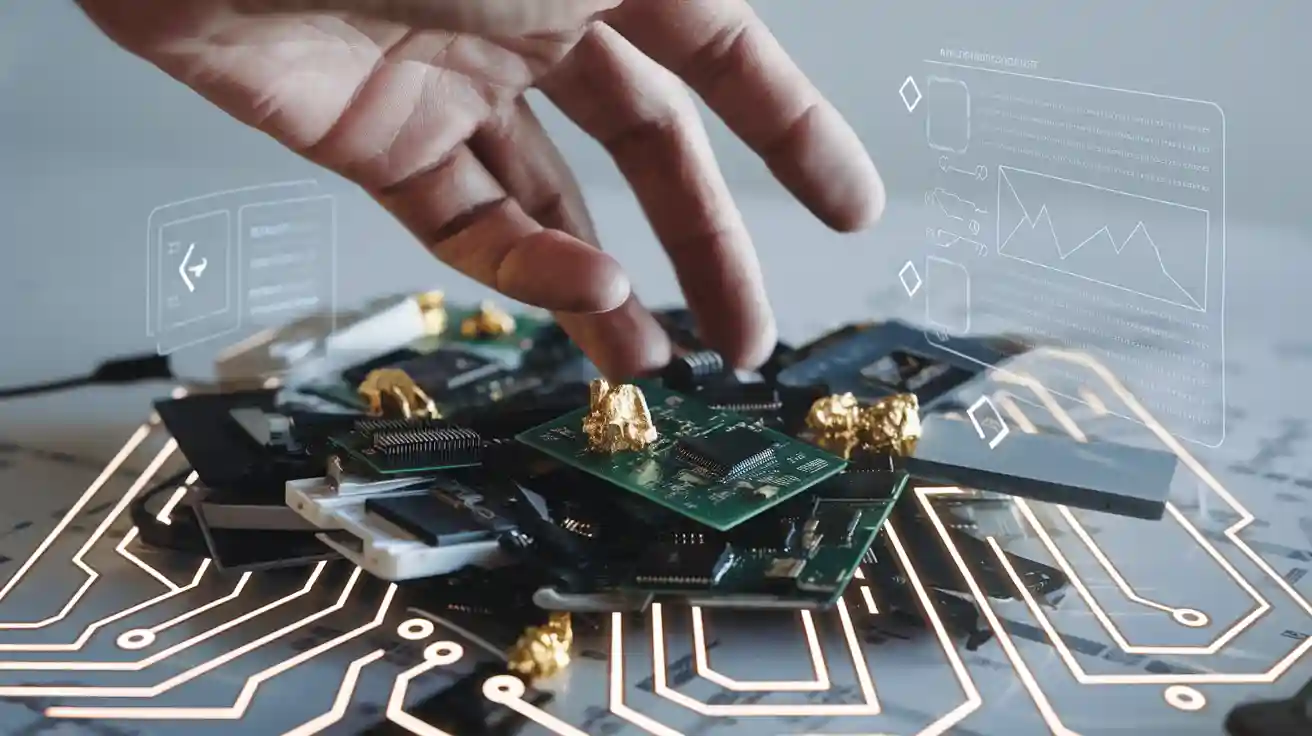
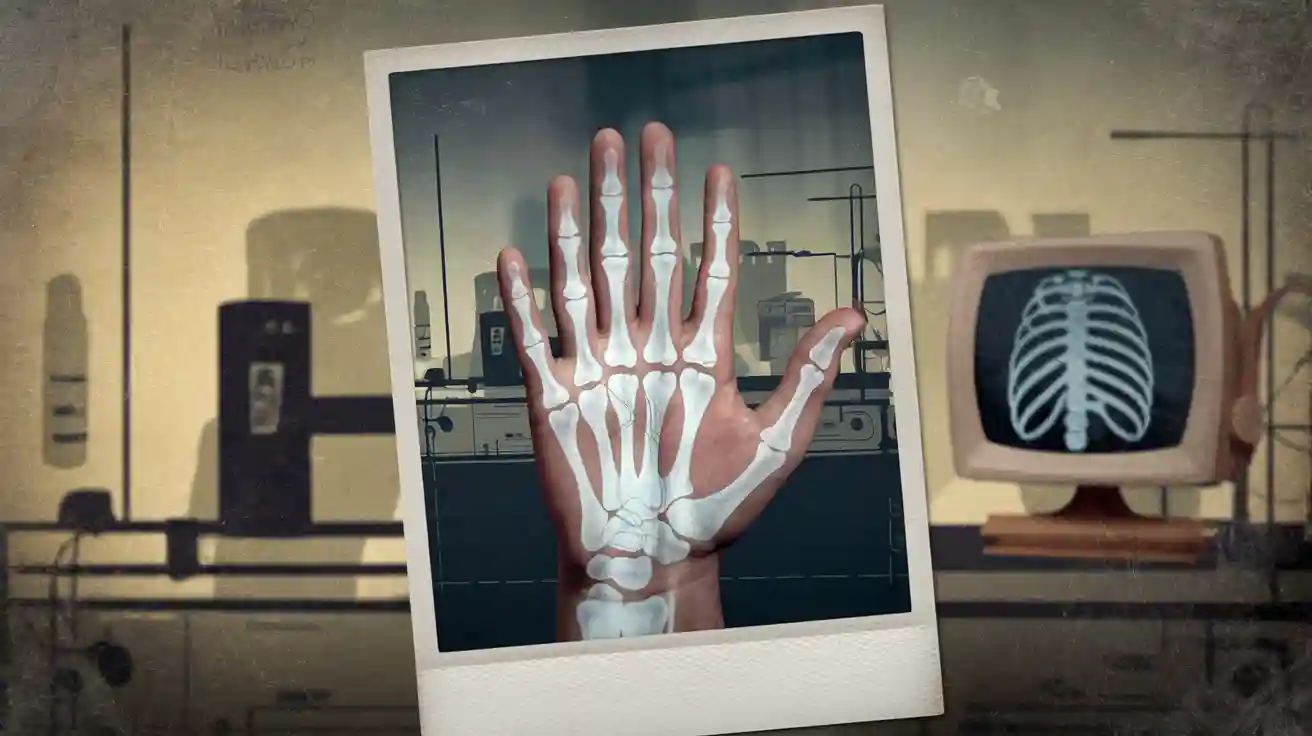


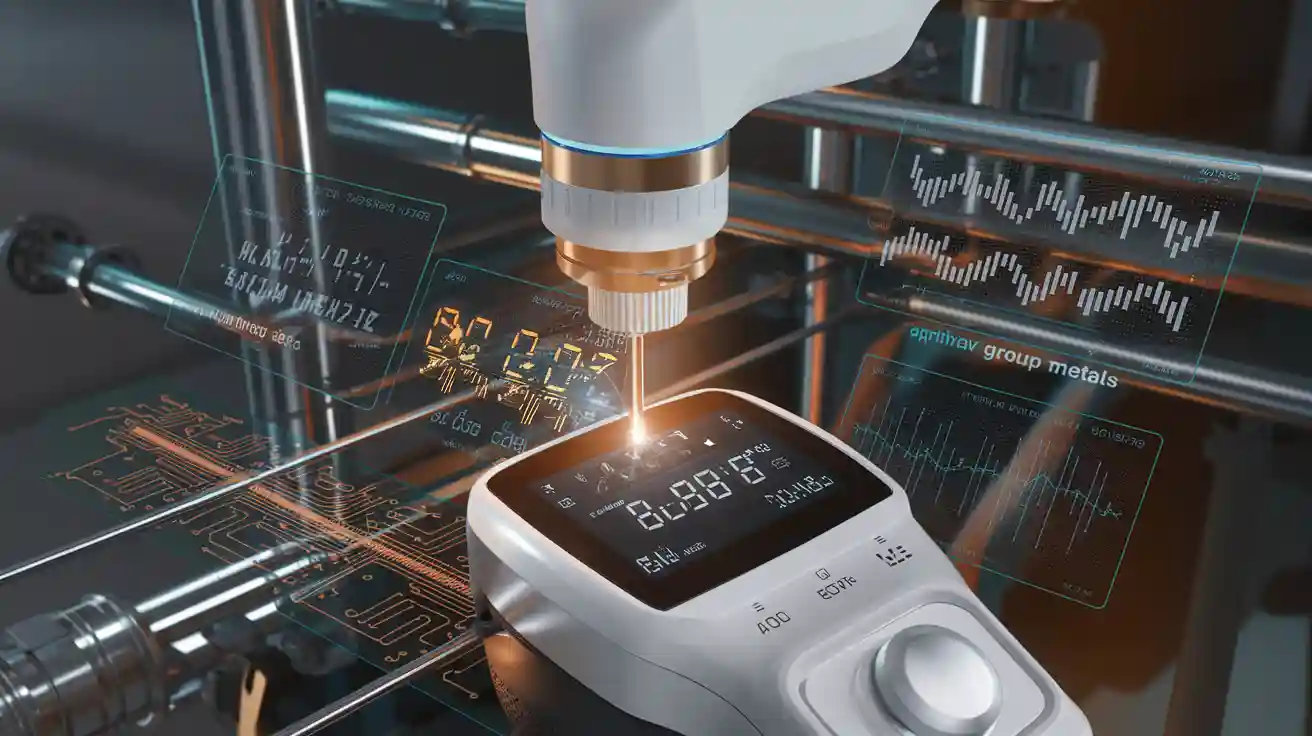
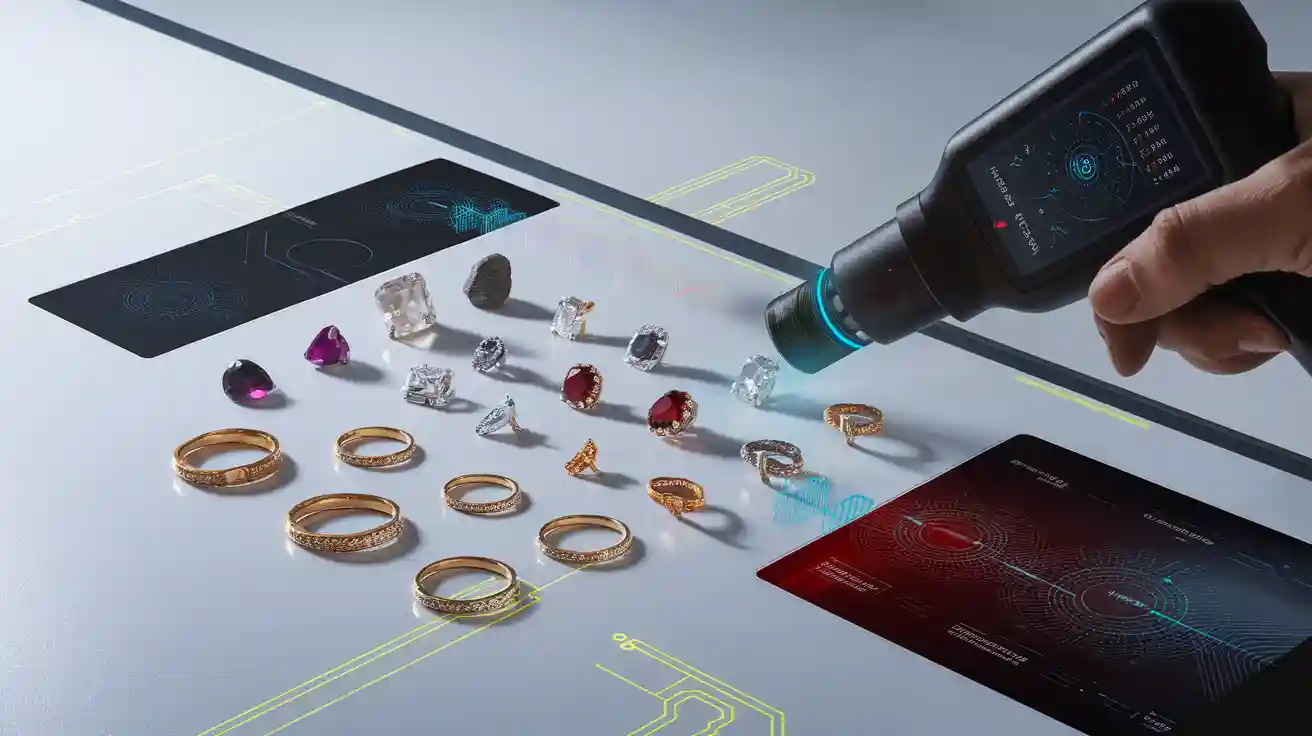

واتساب
امسح رمز الاستجابة السريعة ضوئيا لبدء دردشة WhatsApp معنا.